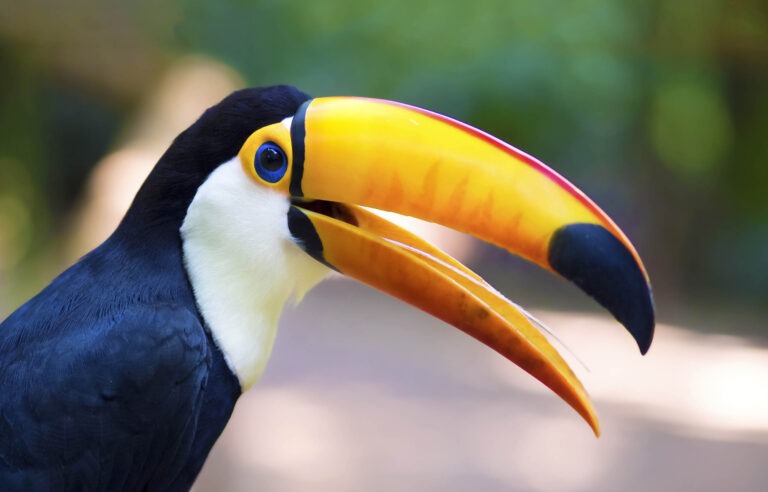All over the world unique biological systems and lands are home to fascinating wildlife, but there are some places where incredible, strange, and rare species thrive in larger numbers. While some countries harbor reputations for varied wildlife, others are often overlooked. Whether they are burrowing in cooler climes, hidden in tropical forests, or traversing desert and drylands, animals the average person may never see are living in these must-visit spots around the world.
Australia & Tasmania
Residents of Oceania have heard time and time again about their crazy wildlife, and compared to the everyday animal life seen in places like the U.S., U.K. and most of Europe, the species habitating Oceania’s islands are surely more exciting. Of course, Australia and Tasmania are famous for kangaroos, but also for the platypus, Tasmanian devil, wallaby, wombat, emu, koala, dingo, crocodile and more. In Australia, more than 80% of plant and wildlife is indigenous to the continent, according to The Nature Conservancy of Australia.
Madagascar
There’s no list of countries on fascinating wildlife that excludes this island just southeast of Africa’s eastern coast. Because much of the island remains untouched by industrialization, many species can thrive here. Madagascar is a big island, nearly the size of Texas. Across the island are rainforest, plateaus, and deserts. And though roughly 21 million people inhabit the island, many unique species also call it home. Here you can find indigenous lemurs, indris, fossas, sifakas, and aye-ayes, all relatively small creatures with rodent-like features. You can also find interesting species of frogs here, along with chameleons, geckos, and even penguins. Madagascar’s surrounding waters are also home to some of the world’s largest living coral reefs.
Galapagos Islands, Ecuador
The Galapagos Islands were made famous for wildlife after scientist Charles Darwin devised his most famous theories based on observations made of the islands’ diverse species. Located in the eastern Pacific Ocean off of Ecuador’s coast, these islands foster a wealth of history and scientific discovery and host about 9,000 documented species. These include iguanas, cormorants, tortoises, finches, sea lions, and many species of bird, all of which helped Darwin to study and understand the evolution of various species as they adapt to their environments. The Galapagos Islands have been a major subject of conservation efforts as it sees around 160,000 tourists each year, according to the World Wildlife Fund.
Brazil
We all are dreaming of a trip to Brazil, which is home to beautiful cities, a vibrant coastline, and around 60% of the Amazon Rainforest. Though this makes Brazil prolific in diverse species, it also means it is home to many endangered species as the rainforest is continuously destroyed for capital gain. Many efforts have been made to protect the forest and maintain the world’s largest and biologically diverse rainforest and river system. The Amazon is home to over three million documented species including: giant otters, armadillos and anteaters, along with jaguars, toucans, anacondas, sloths, black caiman, capybaras, and pink river dolphins (just to name a few). Though a majority of the forest is located in Brazil, it also spans across Bolivia, Peru, Ecuador, Colombia, Venezuela, and more.
Kenya and Tanzania
Animal lovers likely have an African safari on their bucket lists, and many African countries can offer a world of wildlife wonders. On a continent that is bursting with unique wildlife, topping the charts for best countries for animal viewing are Kenya and Tanzania. In Kenya, see elephants, cheetahs, rhinos, giraffes, hippopotamus, and hyenas. In Tanzania, more ferocious wildlife lurks among the desert lands. Here, in what once was mostly savanna and bush lands, desert animals thrive. Species prevalent here include the wildebeest, leopard, zebra, lion, elephant, antelope and plenty of mammals of all shapes and sizes.


